Phone
-
-
Address
29b-52, Uildwer, 3nd Sub-District, Khan-Uul district, Ulaanbaatar, Mongolia
Phone
Address
+976 70110711
Jactone PAFSS fire suppression systems are self-activiting and require no external power for detection or operation making them ideal for unmanned or unsupervised applications.
At the heart of any PAFSS system is the special detection tubing which acts as a linear heat and flame detector. PAFSS detection tubing is completely flexible and is installed throughout the risk areas of the enclosure, providing fast and effective detection.
When the system detection tubing is exposed to flame or high ambient temperature, it ruptures with a burst at the hottest point and the drop in pressure activates the cylinder valve. The extinguishing agent is then discharged from the connected cylinder through either the burst hole (Direct) or pipework (Indirect) at the heart of the fire.
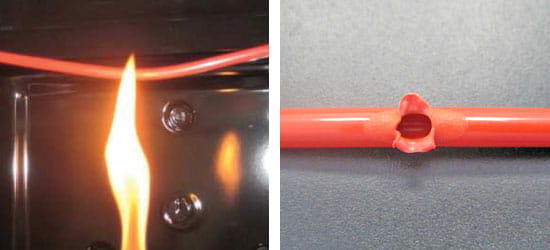
Choosing PAFSS fire suppression systems to protect your assets and personnel has many advantages.
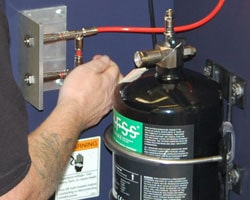
PAFSS is simple to install and maintain on both new and existing equipment.
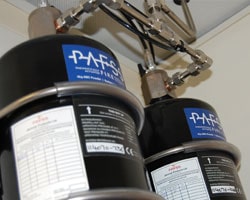
PAFSS offers a fast and automatic operation from the initial detection of a fire, through to suppressing it.
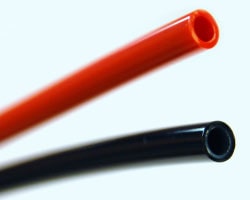
Our UL listed highly reliable detection tube remains unaffected by dirt, dust, debris and oil. Vibration resistant push-fit detection tube fittings.
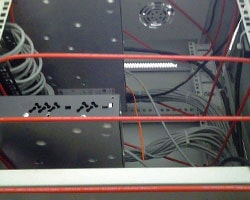
The detection tubing allows for an unlimited number of fire detection points. Its flexible nature means it can be located adjacent to identified risk areas, providing fast effective detection.
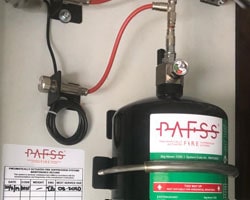
The early intervention of a PAFSS system can often prevent the release of a larger room suppression system, saving on expensive refill costs.
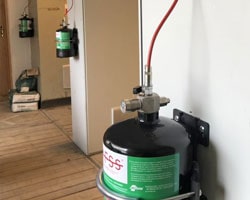
PAFSS requires no power supply for detection or actuation, remaining operational during power interruption.
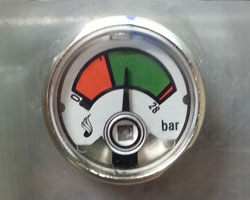
Integral pressure switches allow remote system monitoring and initiation of safeguarding actions.
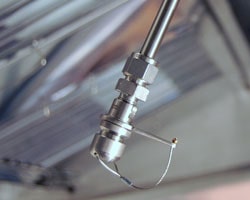
Superbly engineered specialist valves and pressure vessels. Stainless steel discharge pipework, fittings and nozzles.
PAFSS is available in two different systems, direct systems and indirect systems. Direct systems both detect and discharge via the PAFSS detection tubing whereas indirect systems detect fire via the detection tubing but discharge via pipework and nozzles.
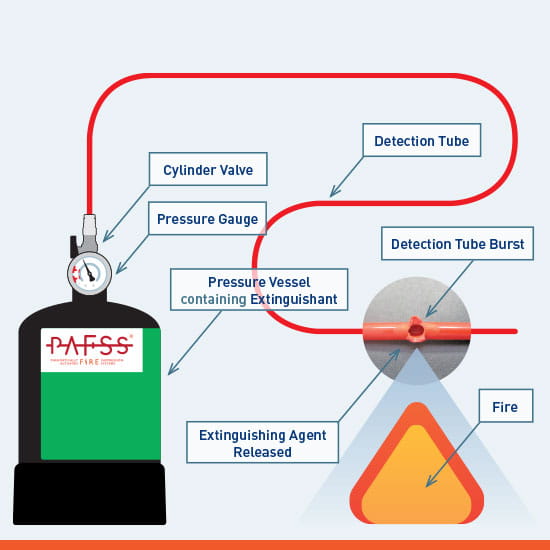
Direct PAFSS fire suppression systems are efficient and simple self-activating systems for small enclosed hazard areas. They are failsafe against malfunction.
Upon flame impingement or heat, the pressurised detection tube ruptures with a burst at the hottest point. The agent is then discharged through the burst hole directly at the heart of the fire.
Direct systems are available in low pressure and high pressure format, depending on the most appropriate extinguishant selected.
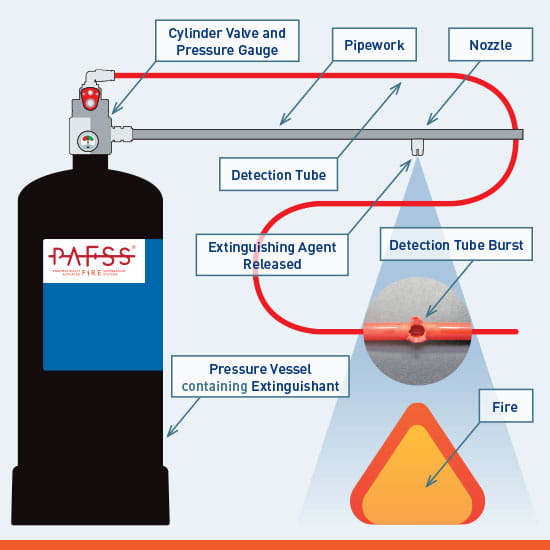
Indirect PAFSS fire suppression systems are efficient and simple self-activating systems for larger enclosed and even open hazard areas.
Upon flame impingement or heat, the pressurised detection tube will burst and by depressurisation will activate the cylinder valve to open. The agent is then released through separate pipework and nozzles which are aiming at the hazard area.
Indirect systems are available in low pressure and high pressure format, depending on the most appropriate extinguishant selected.
The special detection tubing used in all PAFSS fire suppression systems is UL Listed.
The UL Listing qualifies all Jactone PAFSS detection tube as a ‘Heat-automatic Fire Detectors – Component’, after comprehensive testing in accordance with ANSI / UL 521 – ‘Heat Detectors for Fire Protective Signaling Systems’.
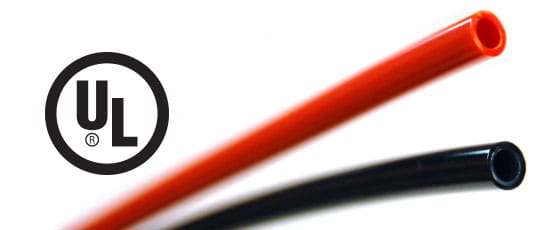

Electrical distribution cabinets, process control cabinets, communication racks.
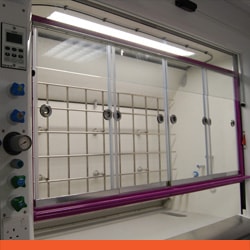
Fume cupboards, chemical stores, flammable material stores.

Professional and residential kitchens and catering equipment.

Buses, boats, trains – engine compartments.

Fork lifts, plant / machinery engine protection, industrial process equipment.
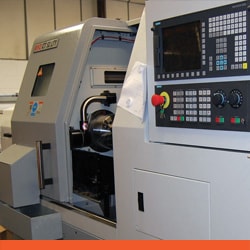
Machining centres, injection moulding machines, robotic welding machines.

Mobile electrical generators, wind turbines.

